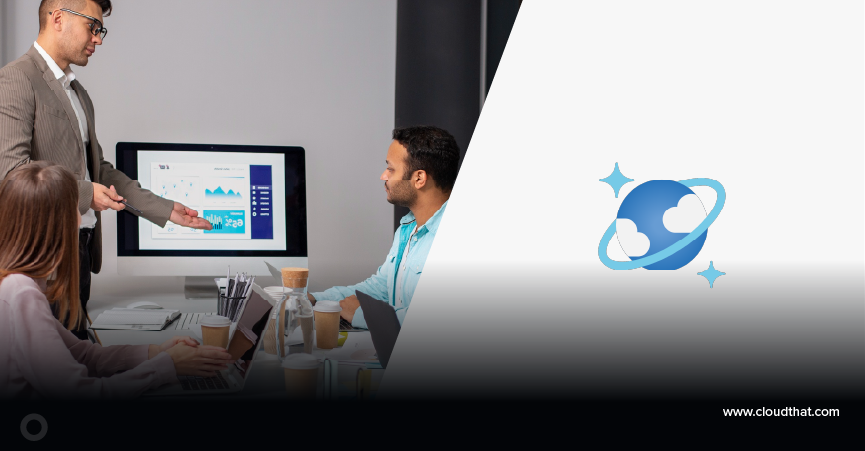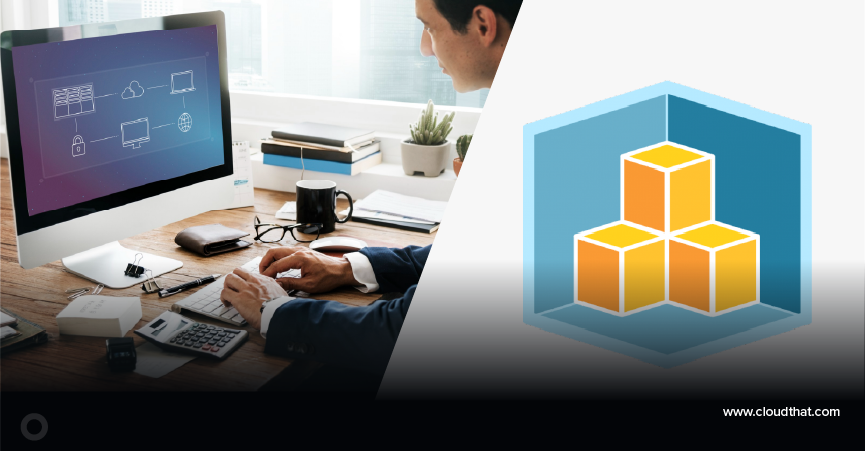|
Voiced by Amazon Polly |
Introduction to Medallion Architecture
Medallion architecture is a design pattern in data engineering that aims to streamline data organization, processing, and retrieval. This architecture is often employed in big data systems to handle large volumes of data efficiently and effectively. The name “medallion” comes from the metaphor of refining data through successive stages, much like refining precious metals.
Medallion architecture typically involves organizing data into three layers:
- Bronze Layer (Raw Data)
- Silver Layer (Cleaned Data)
- Gold Layer (Aggregated Data)
These layers represent stages of data processing, each with increasing data refinement and value levels.
Pioneers in Cloud Consulting & Migration Services
- Reduced infrastructural costs
- Accelerated application deployment
The Bronze Layer: Raw Data
The Bronze layer is where raw data lands. This data is typically ingested from various sources, such as transactional databases, IoT devices, logs, and external APIs. The primary purpose of the Bronze layer is to capture all incoming data in its most original form.
Characteristics of the Bronze Layer:
- Structure: Data in the Bronze layer can be semi-structured (like JSON, XML) or unstructured (like text files, images).
- Quality: This layer includes data with all its inconsistencies, duplicates, and errors.
- Storage: It is common to use distributed storage systems, like HDFS or cloud storage solutions, to handle the large volumes of data typically found in this layer.
- Schema: The schema can be flexible or non-existent, allowing for quick ingestion without schema enforcement.
Benefits:
- Historical Reference: Provides a complete record of incoming data for auditing and historical analysis.
- Flexibility: Supports changes in data structure without disrupting the ingestion process.
- Traceability: Offers traceability back to the source for validation and debugging.
The Silver Layer: Cleaned Data
The Silver layer contains data that has been cleaned and transformed. Data engineers apply various data processing techniques to remove duplicates, correct errors, and apply standardization.
Characteristics of the Silver Layer:
- Structure: Data is more structured and conforms to a defined schema.
- Quality: Improved data quality through cleaning and transformation processes.
- Storage: Often stored in distributed file systems or databases optimized for read performance.
- Processing: Techniques like deduplication, normalization, and validation are applied.
Benefits:
- Improved Quality: Ensures data accuracy and consistency, making it reliable for further analysis.
- Standardization: Standardizes data formats and structures, facilitating easier integration and analysis.
- Efficiency: Reduces data redundancy and improves storage efficiency.
The Gold Layer: Aggregated Data
The Gold layer holds the most refined and aggregated data, ready for consumption by business intelligence (BI) tools, machine learning models, and analytical applications. This layer is designed for optimal performance and accessibility.
Characteristics of the Gold Layer:
- Structure: Highly structured, typically in tabular form with well-defined schemas.
- Quality: High-quality, validated, and aggregated data.
- Storage: Often stored in data warehouses, OLAP systems, or high-performance databases.
- Performance: Optimized for fast query performance and high concurrency.
Benefits:
- Usability: Data is in a format that is easily consumable by end-users and analytical tools.
- Performance: Aggregated data enables fast query responses, supporting real-time analytics and reporting.
- Value: High-value data insights can be derived from the aggregated and refined datasets.
Implementing Medallion Architecture
Implementing Medallion architecture requires a strategic approach to data engineering, leveraging various technologies and practices to ensure smooth data flow across the layers.
- Data Ingestion:
- Tools: Apache Kafka, Apache NiFi, or cloud-based services like AWS Kinesis.
- Process: Capture and ingest data from diverse sources, storing it in the Bronze
- Data Processing:
- Tools: Apache Spark, Apache Flink, or managed services like AWS Glue.
- Techniques: Batch processing, stream processing, and ETL (Extract, Transform, Load) jobs to clean and transform data into the Silver
- Data Storage:
- Bronze: Use scalable storage solutions like HDFS, Amazon S3, or Azure Blob Storage.
- Silver: Store processed data in data lakes or managed storage solutions like Delta Lake.
- Gold: Use data warehouses like Amazon Redshift, Google BigQuery, or Azure Synapse Analytics for aggregated data.
- Data Governance and Security:
- Tools: Implement data governance frameworks and tools like Apache Atlas, AWS Lake Formation, or Azure Purview.
- Practices: Ensure data quality, metadata management, access control, and regulation compliance.
- Data Consumption:
- Tools: BI tools like Tableau, Power BI, or Looker, and machine learning platforms like TensorFlow or PyTorch.
- Access: Provide easy access to Gold layer data through APIs, SQL interfaces, or direct integration with analytical tools.
Challenges and Considerations
- Ensure the architecture can scale with growing data volumes and increased processing demands.
- Use cloud-native solutions to leverage elastic scalability.
- Regularly monitor and audit data quality across all layers.
- Use indexing, partitioning, and caching techniques to optimize data processing and storage for performance.
- Monitor and manage costs associated with data storage, processing, and transfer.
Conclusion
This architecture supports scalability, flexibility, and efficiency, making it a valuable pattern for modern data engineering practices. As data volumes continue to grow, adopting Medallion architecture can help organizations harness the full potential of their data, driving better decision-making and insights.
Drop a query if you have any questions regarding Medallion and we will get back to you quickly.
Making IT Networks Enterprise-ready – Cloud Management Services
- Accelerated cloud migration
- End-to-end view of the cloud environment
About CloudThat
CloudThat is an award-winning company and the first in India to offer cloud training and consulting services worldwide. As a Microsoft Solutions Partner, AWS Advanced Tier Training Partner, and Google Cloud Platform Partner, CloudThat has empowered over 850,000 professionals through 600+ cloud certifications winning global recognition for its training excellence including 20 MCT Trainers in Microsoft’s Global Top 100 and an impressive 12 awards in the last 8 years. CloudThat specializes in Cloud Migration, Data Platforms, DevOps, IoT, and cutting-edge technologies like Gen AI & AI/ML. It has delivered over 500 consulting projects for 250+ organizations in 30+ countries as it continues to empower professionals and enterprises to thrive in the digital-first world.
FAQs
1. Can Medallion Architecture be applied to small and medium-sized enterprises (SMEs)?
ANS: – Yes, Medallion Architecture can be scaled down to fit the needs of small and medium-sized enterprises (SMEs). While the principles remain the same, the complexity and scale of the implementation can be adjusted to suit smaller data volumes and more limited resources.
2. Can Medallion Architecture be used with both batch and stream processing?
ANS: – Yes, Medallion Architecture can be used with both batch and stream processing. Batch processing is typically used to handle large volumes of data in the bronze and silver layers. In contrast, stream processing can be applied to process real-time data feeds, ensuring timely updates and transformations.

WRITTEN BY Aehteshaam Shaikh
Aehteshaam works as a SME at CloudThat, specializing in AWS, Python, SQL, and data analytics. He has built end-to-end data pipelines, interactive dashboards, and optimized cloud-based analytics solutions. Passionate about analytics, ML, generative AI, and cloud computing, he loves turning complex data into actionable insights and is always eager to learn new technologies.


 Login
Login


 August 2, 2024
August 2, 2024 PREV
PREV











Comments